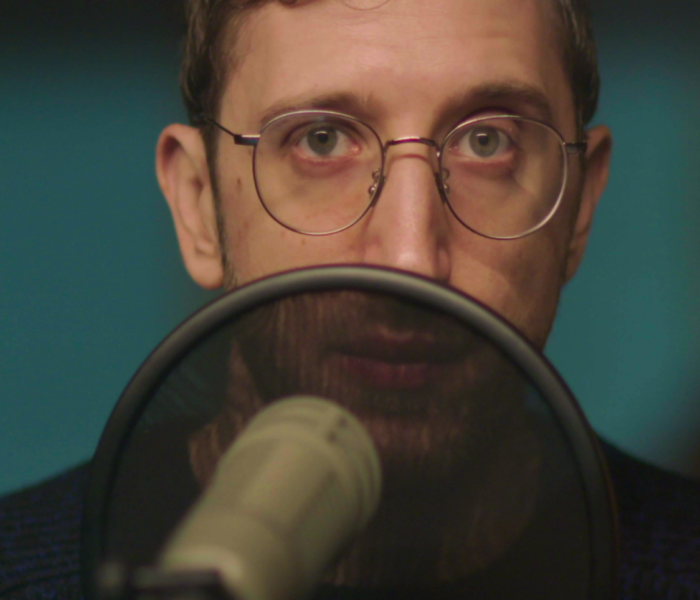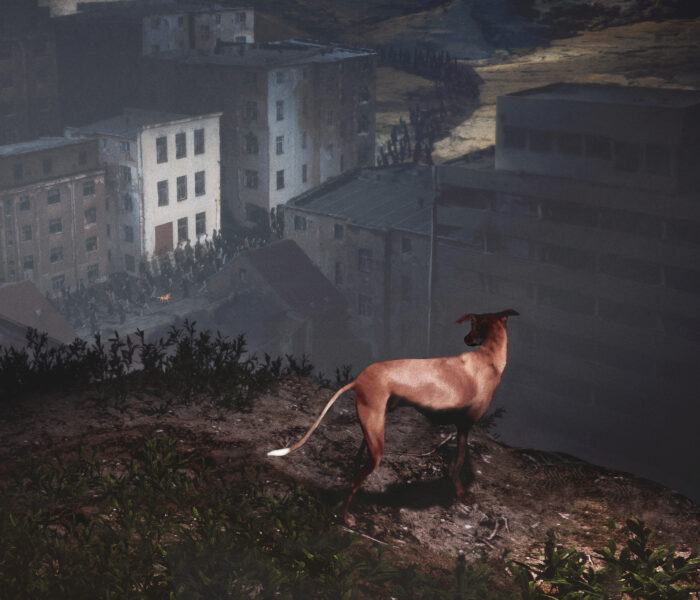Île-continent à l’immensité vertigineuse, l’Australie est terre de métissages musicaux, une terre de composition lointaine, méconnue du public. Voyage en cinq étapes auprès de compositrices australiennes disparues et contemporaines ; des artistes qui ont en commun le goût des ailleurs et un cosmopolitisme revendiqué.
L’australienne voyageuse Peggy Glanville-Hicks (1912-1990), dont l’œuvre est empreinte d’une profonde fascination pour les musiques traditionnelles, avec une grande importance donnée aux rythmes et à la modalité, est un phénomène. Les voyages rythment la vie de cette artiste à l’énergie hors-normes et au caractère bien trempé : études à Londres, Vienne, Paris, puis carrière aux Etats-Unis, installation à Athènes en 1957, où elle étudie, dans sa petite maison des contreforts de l’Acropole, les musiques modales grecques, avant de rentrer chez elle, en Australie, 43 ans après son départ. Sa Sinfona da Pacifica, composée en 1952 sur un paquebot qui relie l’Amérique à Melbourne, pour une courte tournée dans son pays, est représentative de sa palette orchestrale, ondoyante, et de sa fascination pour la rythmique.
Contemporaine de Peggy Glanville-Hicks, Esther Rofe, est l’une des grandes représentantes de la composition australienne. Enfant prodige du piano et du violon, née en 1904 et décédée en 2000, elle laisse cinq musiques de ballets, composés entre 1943 et 1962. Comme Glanville-Hicks, elle part étudier à Londres au Royal College of music auprès de Ralph Vaughan-Williams, en lui promettant de faire passer la composition… avant le mariage. Son premier ballet, peu connu aujourd’hui, Sea Legend (1943), rencontre un succès retentissant dès sa création à Melbourne et devient vite plus populaire en Océanie que Le Lac des Cygnes avec 250 représentations australiennes et 130 levers de rideau à Londres jusqu’en 1950 ! L’œuvre, qui dure 23 minutes, est le premier ballet australien à entrer dans le répertoire international. En 1946, Terra Australis adopte le même format et la même palette symphonique.
Esther Rofe fut profondément inspirée par la mer et les paysages côtiers de son immense pays. Elle vécut vingt ans à Southport, au sud de Brisbane, sur la côte est, avec sa sœur, Edith. Sa table de cuisine était, aux dires de ses visiteurs, toujours recouverte de partitions à moitié terminées. Ses cendres ont été dispersées dans la baie de Southport.
Parmi les contemporaines, Elena Kats-Chernin est sans conteste l’une des compositrices australiennes les plus connues. Elle est née en 1957 à Tachkent, capitale de l’Ouzbékistan. Sa famille émigre en Australie l’année de ses 18 ans et elle y poursuit ses études musicales au conservatoire de Sydney, après un premier cursus à Moscou. Mais l’Europe l’appelle : elle s’installe en Allemagne, à Hanovre, étudie auprès de Helmut Lachenmann. Elle y reste une quinzaine d’années, puis, de retour en Australie, en 1994, elle compose… et ne s’arrête plus : opéras de chambre, ballets, musique de film, concertos pour piano.
« Après une expérience décevante en Allemagne, j’ai renoncé pendant cinq ans à composer de la musique de concert et j’ai plutôt créé des partitions et des paysages sonores pour le théâtre et la danse des théâtres allemands. Cela m’a conduit à composer Clocks pour l’Ensemble Modern en 1993, ce qui a été mon plus grand succès jusqu’à présent et cela m’a convaincu de revenir à la musique de concert. » raconte la compositrice. Clocks témoigne de l’influence de la rigoureuse école du modernisme, à laquelle Elena Kats-Chernin a été formée. Mais la compositrice change vite de cap et trouve sa voix, encouragée par la culture ouverte de son pays d’adoption, l’Australie. « Ma musique est le résultat d’un amalgame très personnel de diverses influences ». Des influences hétéroclites parmi lesquelles des éléments propres à la musique minimaliste, des motifs de danse comme que le ragtime qui lui est cher – avec, notamment Big Rhap pour orchestre, en 2017 -, mais aussi le tango ou la valse, des modèles classiques, notamment les slaves – Tchaïkovski, Rachmaninov – ou, à l’opposé de cet élan romantique, le baroque, ainsi que des traditions musicales juives et folkloriques.
« Un autre moment décisif dans ma carrière a été la composition de la musique du ballet Wild Swans d’après le conte de Hans Christian Andersen, chorégraphiée par Meryl Tankard pour l’Australian Ballet en 2003. » La compositrice en a tiré une suite orchestrale en douze tableaux. L’une de ses pages les plus connues est «Eliza Aria».
Commande de l’Australian String Quartet, le quatuor intitulé From Anna Magdalena’s Notebook s’inspire du matériau du petit livre de la seconde épouse de Bach.
La compositrice aime mettre en avant des instruments peu habitués au devant de la scène dans le répertoire : elle compose ainsi The Witching Hour en 2016, concerto pour… huit contrebasses.
Le monde dans lequel nous vivons résonne dans sa musique. Sa Symphonia Eluvium est une véritable commémoration musicale des inondations de 2011 dans le Queensland. Human Waves, pour chœur et orchestre, traite de la question de la migration et de la diversité de la population australienne. En 2022 Elena Kats-Chernin était compositrice en résidence auprès du Queensland Symphony Orchestra.
Née en 1979, Kate Moore est l’exemple même de la compositrice cosmopolite. Elle passe les dix premières années de sa vie aux Pays-Bas puis la famille s’installe en Australie. Là, elle étudie avec les compositeurs australiens Larry Sitsky, Jim Cotter et Michael Smetanin. En 2002, elle repart aux Pays-Bas étudier au conservatoire de La Haye, aux Pays-Bas où elle vit et travaille toujours actuellement. « Je ne crois pas au principe de nationalisme quand il s’agit de composition », prévient-elle d’emblée. Pourtant, l’Australie de sa jeunesse a durablement marqué son imagination : « Quand j’écris de la musique, je cherche quelque chose. Je ressens le paysage australien, mais pas nécessairement sa forme. C’est peut-être une idée du paysage sonore de l’Australie… Cet étonnant paysage sonore tridimensionnel constitue la plus belle orchestration imaginable. » Kate Moore aime créer des univers sonores : elle compose de la musique instrumentale, de la musique de concert, mais imagine également des installations sonores. « Mon travail s’intéresse à ce qui se trouve sous la surface. » aime-t-elle répéter. Elle s’intéresse tout particulièrement à l’histoire des origines du son, des origines de la musique et des instruments de musique, une dimension essentielle et archaïque, brute, que l’on retrouve dans certaines de ses pages comme sa très poétique et sensuelle Blackbird Song (2020).
La musicienne reste attachée à son pays d’origine avec une série de commande de la part des grandes phalanges symphoniques australiennes, comme le Willoughby Symphony Orchestra qui lui commande un concerto pour piano. Kate Moore achève la partition de Béatrice, c’est le titre de l’opus, en 2019.
L’électronique occupe une place notable dans son travail, avec des œuvres hypnotiques à la tonalité minimaliste où la transe de la techno est palpable telles que Fatal Strangers, quatuor électronique pour contrôleur à vent électronique (EWI), violon électrique, synthétiseur et batterie. « Ce son pourrait se dérouler dans les sous-sols d’une discothèque au petit matin… » explique Kate Moore.
Représentante de la nouvelle génération, Suzanne Kosowitz, est née à Perth où elle vit toujours. Elle revendique, dans son art, un engagement profond : « La musique a cela d’unique qu’elle apporte immédiatement aux gens un profond sentiment de communauté. Mon objectif est de connecter les cultures à travers la musique, explique-t-elle, d’emblée. Connecter mon propre héritage juif aux peuples autochtones de mon pays et à la myriade d’autres cultures qui nous entourent. Dans une société multiculturelle comme celle de l’Australie, je pense qu’il est extrêmement important que le public puisse s’identifier à la fois à la musique créée dans le monde et à la musique créée par des artistes locaux. » Un véritable manifeste. Beaucoup de ses œuvres sont inspirées de ses racines juives, qu’elle combine avec d’autres influences : le jazz, le classique et les musiques traditionnelles. Début 2024, Suzanne va entamer une année de résidence au sein de la fondation Peggy Glanville-Hicks.
À Sydney, maison cherche compositrices
Située dans la banlieue de Sydney, la dernière maison de Peggy Glanville-Hicks accueille, chaque année, de jeunes compositrices et compositeurs en résidence, selon la volonté de la compositrice. Paul Mason est l’un des directeurs de la fondation.
Quelle est l’histoire de cette maison ?
Peggy a 63 ans lorsqu’elle rentre définitivement en Australie : nous sommes en 1975. Elle cesse de composer. Elle s’éteint dans sa maison de Paddington, en banlieue de Sydney, en 1990. Au cours de sa carrière, elle a pu compter, à plusieurs reprises, sur des bourses pour composer, des résidences. Aussi était-il essentiel pour elle de pouvoir fournir aux jeunes compositeurs le temps et l’espace nécessaire, la tranquillité d’esprit aussi, dont ils ont besoin pour créer. J’aimerais la citer à ce propos : « Il est évident que le loisir et le silence sont des conditions préalables absolues pour les compositeurs s’ils veulent engager pleinement les nombreuses formes de conscience impliquées dans l’activité créatrice. Ce loisir et ce silence sont devenus les plus grands luxes du monde moderne, et les compositeurs moins que tout autre groupe artistique ou scientifique sont capables de le commander. » Elle a fait le nécessaire pour qu’à sa mort, son pavillon devienne lieu de résidence pour les compositeurs et compositrices d’Australie.
Que se passe-t-il à sa mort, en 1990 ?
C’était important pour elle de laisser la maison aux futures générations de compositeurs. Elle disait même qu’ils trouveraient toujours chez elle un endroit où séjourner. Après sa mort, les premières années, la maison revient à l’Etat. Peggy avait nommé des exécuteurs testamentaires qui ont suivi ses instructions : ils ont créé un Trust pour s’occuper de la maison et mettre en place les résidences à partir de 1994. La maison a accueilli 29 artistes australiens pour des résidences d’un an. Le temps long est important et une année n’est pas de trop pour s’approprier un lieu et y créer sereinement. En 2016, le National Trust of Western Australia a mis à disposition une autre maison, la Gallop House, à Perth, de l’autre côté du pays, comme lieu de résidence supplémentaire. Nous comptons bien ouvrir d’autres maisons dans le pays !
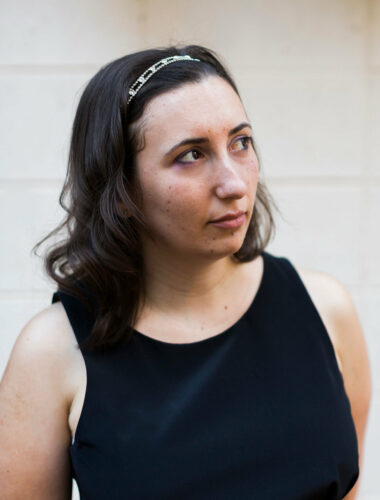
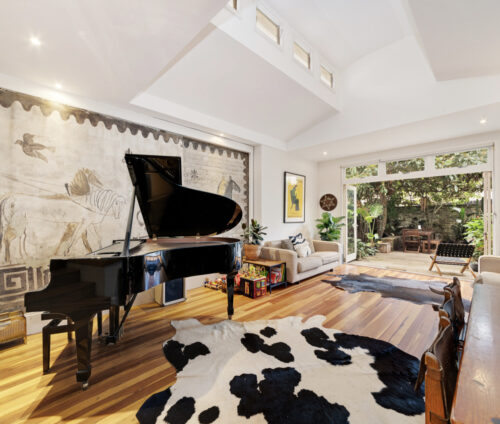
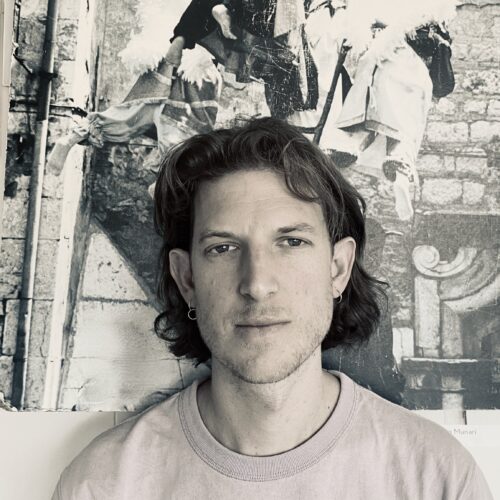
Comment choisissez-vous les résidentes et résidents de votre programme « Prélude » ?
Nous lançons un appel à candidature dans lequel nous demandons aux candidats de nous parler de trois choses : leur pratique, l’impact que la résidence aurait sur leur carrière et de quelle manière ils mettraient concrètement cette année de résidence à profit pour leur art mais aussi pour la communauté. La résidence dure de janvier à décembre et nous accueillons un compositeur par maison. Nous leur attribuons une enveloppe de 15 000 dollars australiens [environ 9100 euros NDLR] pour les aider avec les charges et les dépenses de la vie quotidienne. Nous leur offrons aussi une petite somme, 2500 dollars, pour leur permettre d’organiser ce que nous appelons des « community events », la plupart du temps ce sont de petits concerts, des auditions durant lesquels les compositeurs peuvent tester leurs nouvelles pièces avec une petite audience. C’est indispensable ! Ces derniers temps, on observe que nos résidents réfléchissent beaucoup à la manière d’organiser au mieux ces concerts, ces rencontres, pour parler de leur art, pour parler de musique et de création avec le public.
Pour finir, êtes-vous attentifs, dans votre sélection, aux compositrices, Peggy Glanville-Hicks ayant été compositrice à une époque où peu de femmes avaient réellement accès à ce métier ?
C’est évident. Nous avons au moins la parité, voire deux compositrices par an. Cette année, nous avons demandé à Elena Kats-Chernin, l’une de nos anciennes résidentes – c’était en 1996 – d’être la marraine de la Peggy Glanville-Hicks Composers House. Cette année de résidence avait été très importante pour elle qui était mère de trois jeunes enfants. Ces derniers temps, nous sommes aussi très attentifs à recevoir des compositeurs et compositrices issus des communautés aborigènes du pays. Un engagement que nous avons pris pour mettre en avant cet héritage trop souvent négligé.
Suzanne Gervais



)
